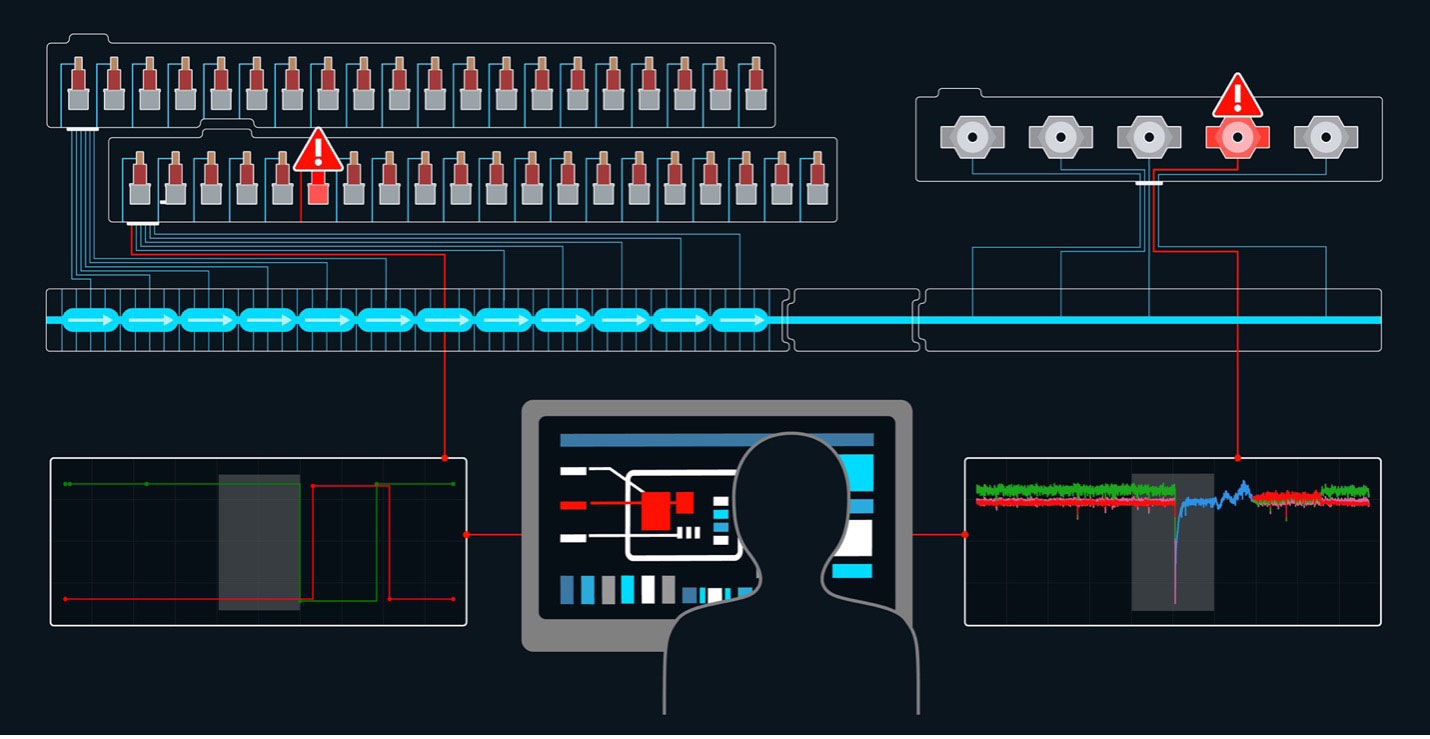
AI Doctor Keeps a Mile-Long Particle Accelerator Healthy
Machine learning methods support human operators in diagnosing and fixing failing subsystems in an accelerator-driven X-ray laser.

Machine learning methods support human operators in diagnosing and fixing failing subsystems in an accelerator-driven X-ray laser.
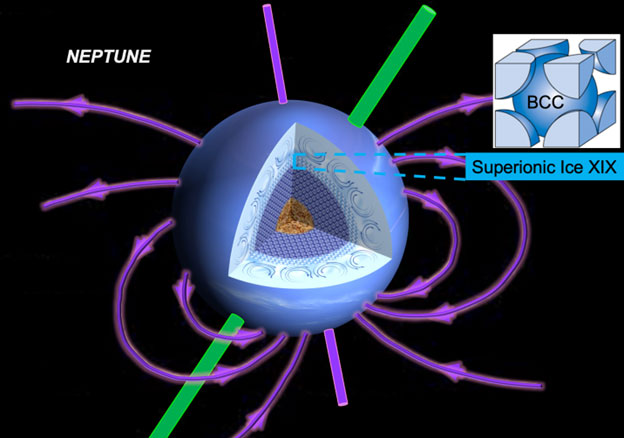
Ultrafast X-ray studies reveal the existence of Superionic Ice XIX, which could explain the unusual magnetic fields of icy giant planets.
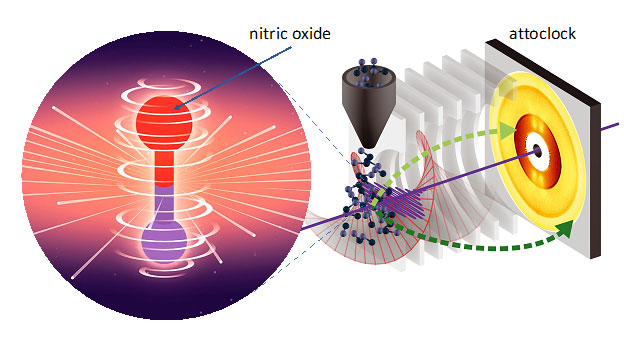
Scientists illuminate the quantum dynamics of electrons in highly excited molecules.
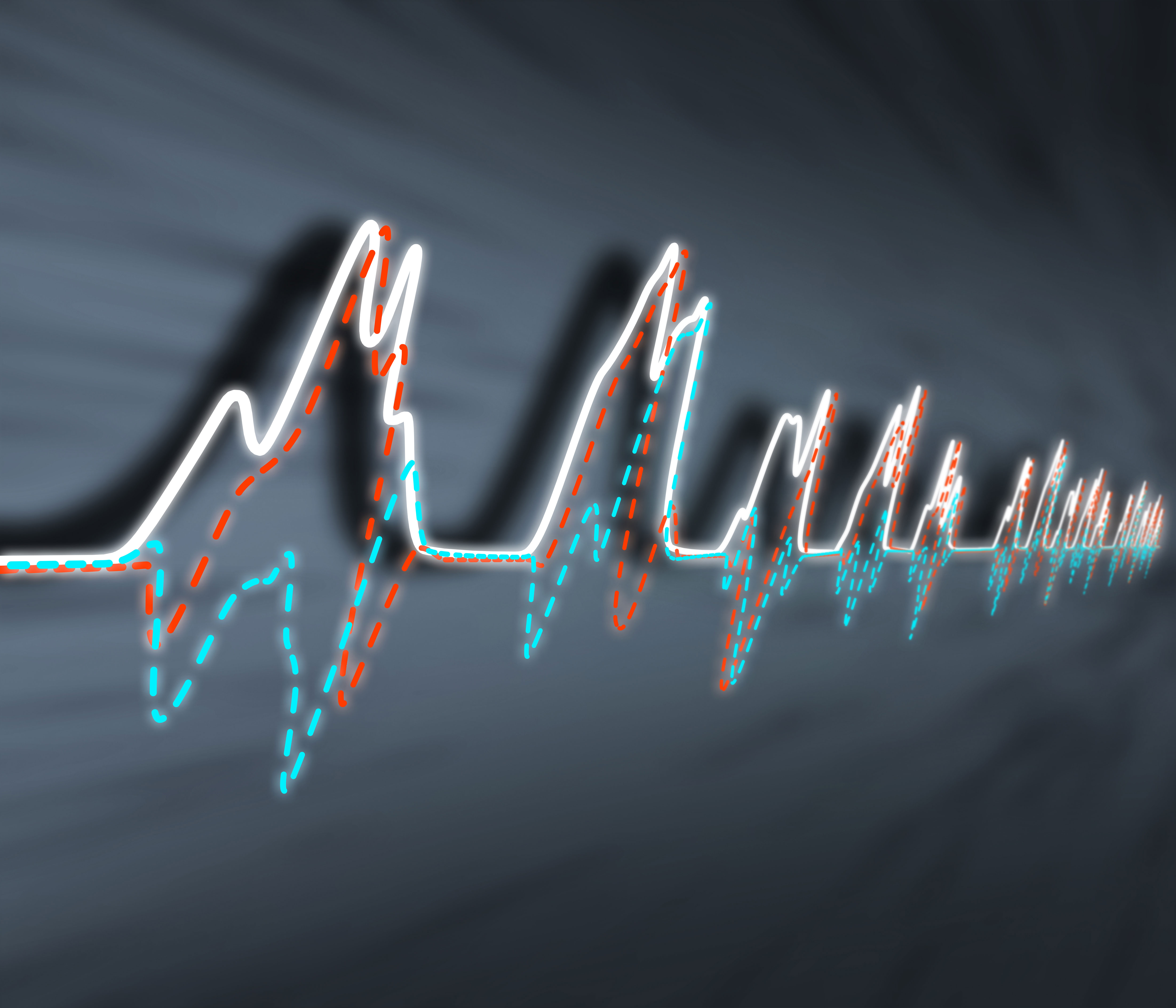
Neural networks determine the amplitude and phase of X-ray pulses, enabling new, high-resolution quantum studies.
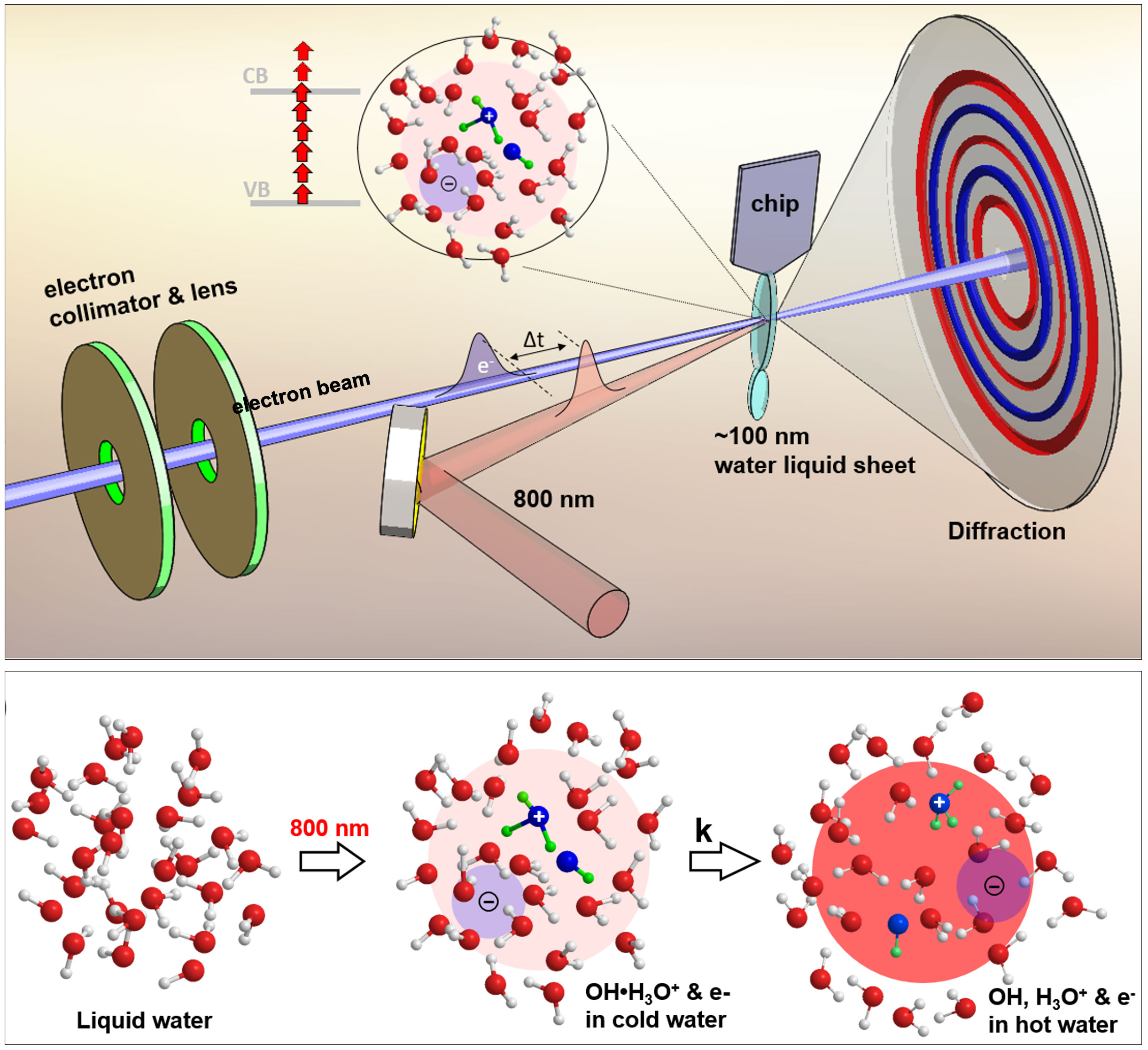
Scientists capture the short-lived hydroxyl-hydronium pair and the induced dynamic response in ionized liquid water in unprecedented detail.
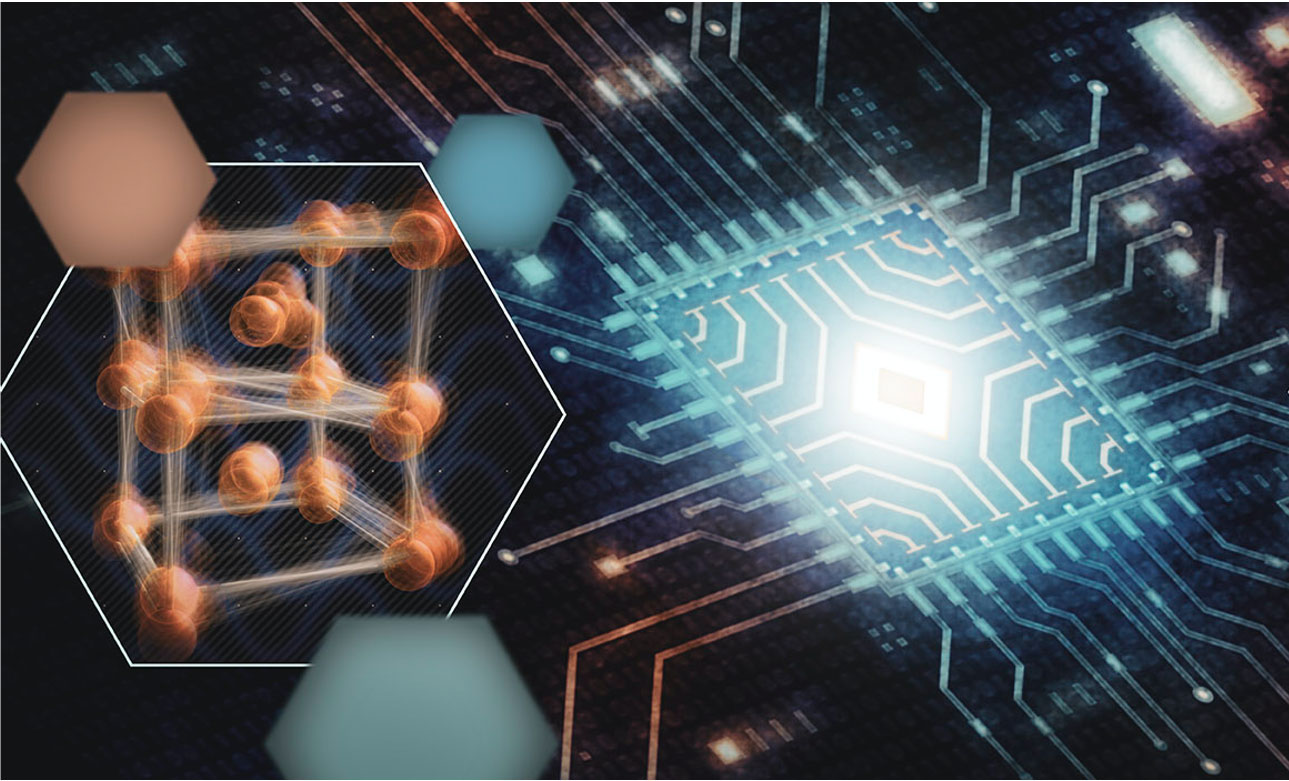
Discovery of a short-lived state could lead to faster and more energy-efficient computing devices.
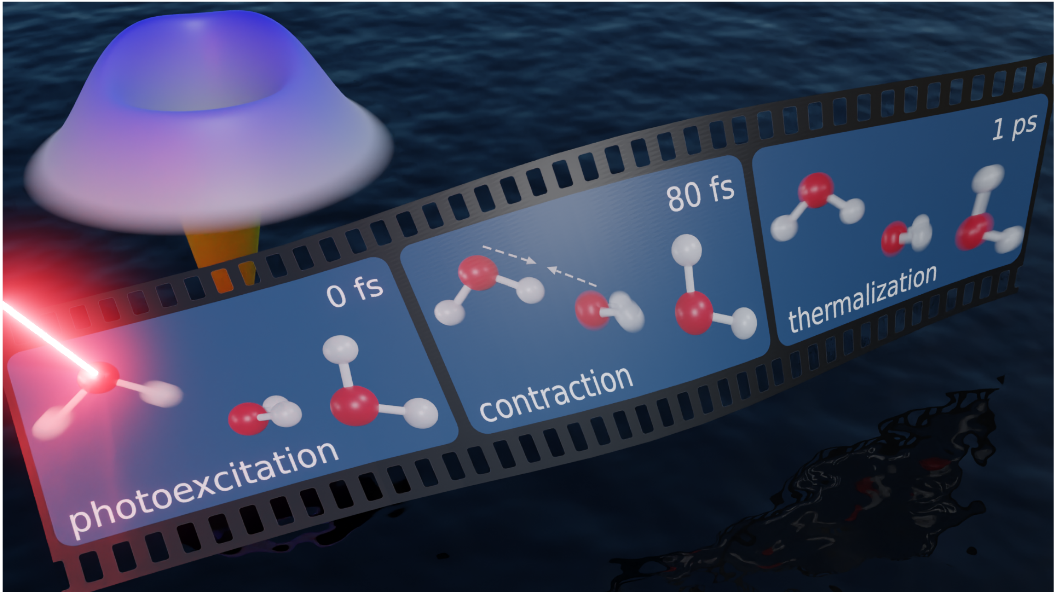
Ultrafast electrons shed light on the web of hydrogen bonds that gives water its strange properties, vital for many chemical and biological processes.
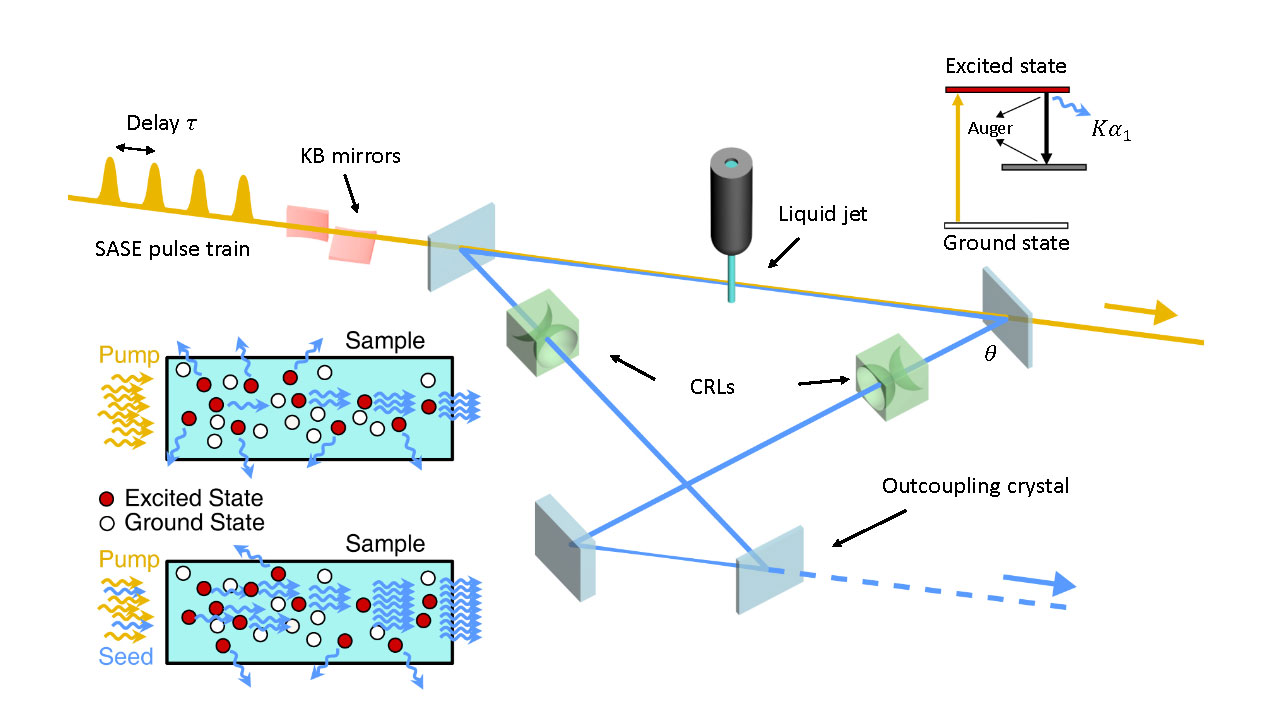
A newly designed X-ray oscillator may enable atomic level precision with intense X-ray pulses.
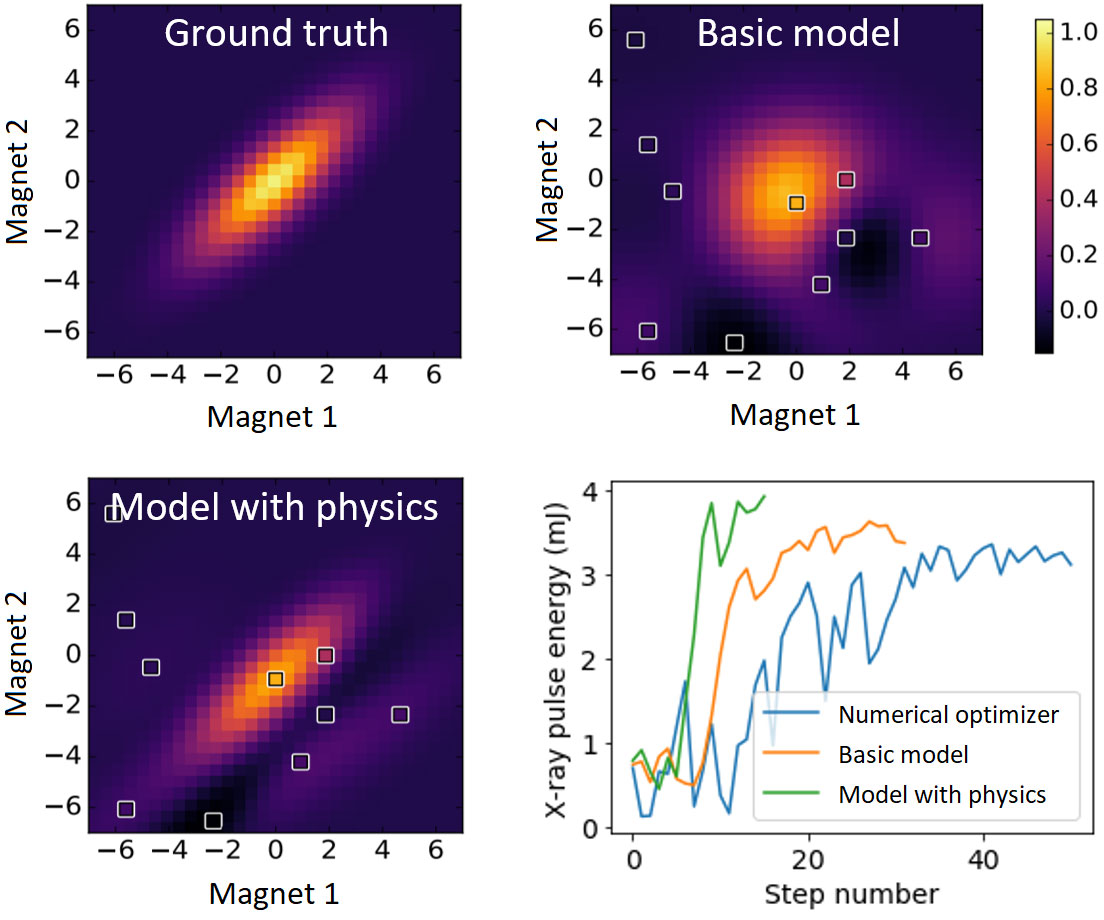
Scientists use a machine learning algorithm to reduce tuning time of a dozen instruments at once.
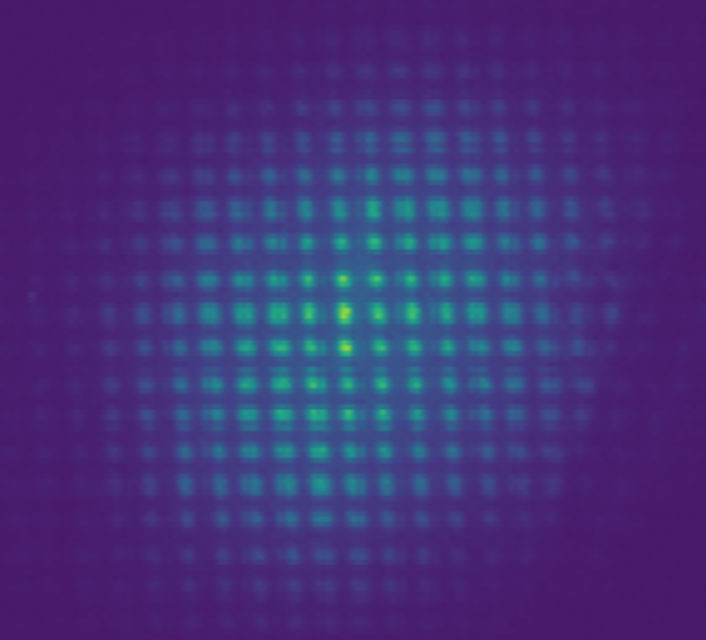
An X-ray image taken with a novel X-ray wavefront imager results in high precision measurements of intensity and direction of the X-ray beam.

Observation of impulsive stimulated X-ray Raman scattering with attosecond soft X-ray pulses.
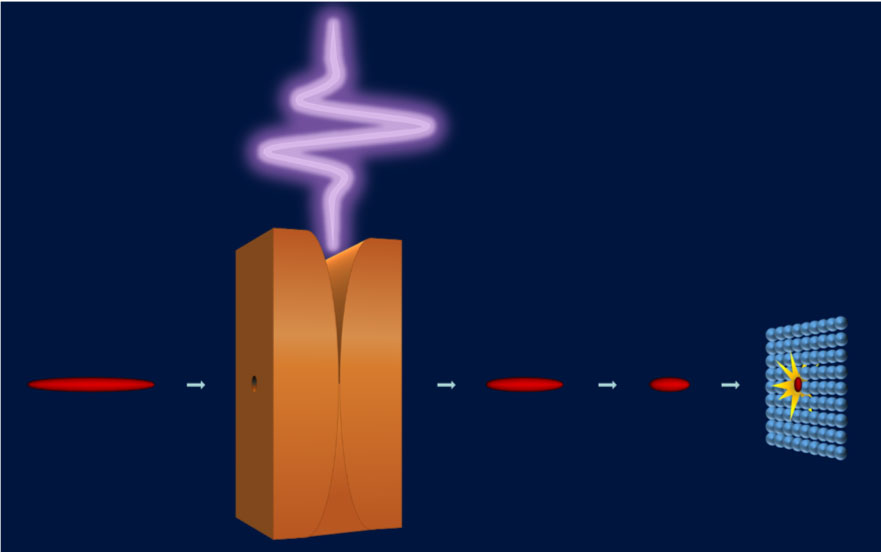
Harnessing the intensity of a terahertz laser pulse brings the resolution of electron scattering closer to the scale of electron and proton motion.